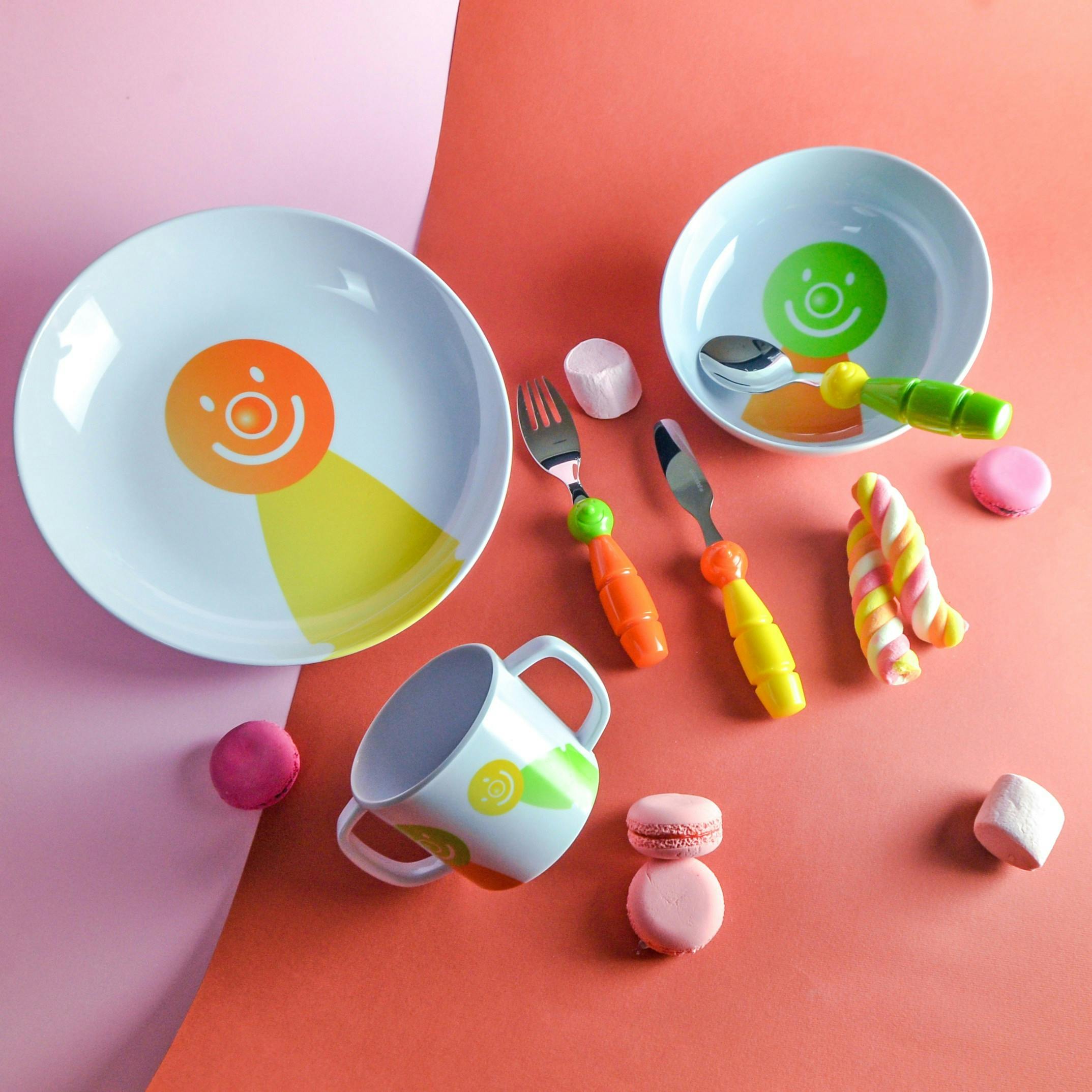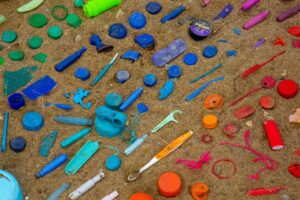Oh Me Oh My Melamine: Tips to Reduce Chemical Leaching from Plastic Plates
By Jessica Mauricio Price, MS, Eco-Healthy Child Care®
October 2024
Melamine is a man-made chemical used in various products. It is frequently used in children’s tableware and is a form of durable plastic resin. It does appear that melamine is useful, but is it safe? With certain precautions, melamine tableware can be safely used until preferable alternative options can be purchased. As with any plastic product, care must be taken to ensure that chemicals do not move, or leach, from the tableware to food or drinks. Here are some ways that you can reduce the amount of chemicals that may travel from your tableware into food or drinks:
- Never heat any type of plastic in a microwave oven or convection oven. When a plate or cup says it is microwave-safe, it does not mean it is safe for you. It simply means the plate or cup will not melt in the microwave (i.e., it is safe for the microwave). Heating plastic or melamine plates will increase the amount of chemicals that leach into your food or beverage. Heat damages the polymer matrix that is used in plastic tableware. This will cause more chemicals to be released over time.
- Avoid putting hot foods or liquids in plastic or melamine tableware. Placing piping hot foods on this tableware will also increase the chemicals that can migrate into your food or beverage.
- Avoid putting acidic food or liquids into plastic or melamine tableware. Some types of acidic foods include tomato-based dishes and citrus juices.
- Do not wash any plastic in the dishwasher. Over time, heating plastic will damage it and make it easier for chemicals to leech from tableware and into food. Also, avoid using UV sterilization on this type of tableware.
- Recycle or discard plastic or melamine tableware when scratched, chipped, or warped. Once the polymers break down due to use, more chemicals will leach out. Take this opportunity to purchase safer children’s tableware options. Safer tableware choices include stainless steel, ceramics, and glass items. However, be wary of vintage ceramic pottery and glass dishes, as some may have lead paint on them.
When used with these considerations, the likelihood that chemicals will move into food at levels above known health-effect limits can be lowered. If you care for a child with kidney function issues, it is especially important to follow these recommendations, or better yet, replace your plates with stainless steel (or glass and ceramics when the plate-throwing phase is over!).
Children are often exposed to many more chemicals per pound of body weight as compared to adults. Children eat more food, drink more liquids, and breathe more air than adults. Doing what you can to reduce children’s exposure to chemicals is beneficial and proactive. Every little step you take to protect children today will help them grow into happier and healthier adults.
If you found this information helpful, please donate to Children’s Environmental Health Network so we can continue to provide caretakers with scientific yet easy-to-read content.








